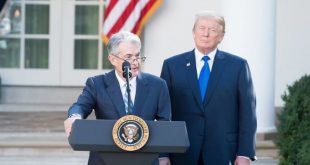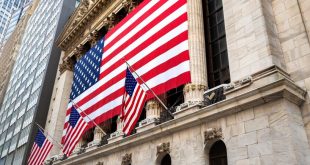U.S. stocks ended mixed, with the S&P 500 down 0.07% and the Dow Jones Industrial Average falling 0.37%, while the Nasdaq edged up 0.06%. President Donald Trump’s firm stance on an August 1 tariff deadline and new 50% copper import duties unsettled markets. Despite a three-week tariff reprieve, concerns over trade disruptions and fiscal impacts from a recently passed tax bill highlights the need for clear policy signals to restore investor confidence.
Tariff Deadline Fuels Market Caution
Trump’s extension of the “reciprocal” tariff deadline from July 9 to August 1, coupled with letters to 14 countries outlining new import duties, has heightened market uncertainty. His announcement of 50% tariffs on copper imports drove copper futures up 9.47%, reflecting supply chain fears. Threats of up to 200% tariffs on pharmaceuticals also weighed on stocks like Pfizer and Amgen, which pared gains. The International Monetary Fund warns that these tariffs could cut global GDP by 0.5%, dampening investor sentiment and contributing to the Dow’s 0.37% dip to 44,240.76.
Tax Bill and Sector Impacts
The recently signed tax and spending bill, raising the debt ceiling by $5 trillion, has raised fiscal sustainability concerns, with Congressional Budget Office estimates projecting a $3.3 trillion deficit increase over a decade. An executive order tightening clean energy subsidy rules hit solar stocks, with First Solar and Sunrun falling 2% and 7.2%, respectively. Meanwhile, Amazon slipped 1% as tariff costs loom over its extended Prime Day event.
Path to Market Stability
Trump’s tariff threats and fiscal policies risk prolonged market volatility. Policymakers must clarify trade terms and fiscal plans to ease investor concerns. Investors should monitor Federal Reserve minutes on July 9 and upcoming earnings for trade-related impacts. Without coordinated action, markets face further turbulence, with the S&P 500 and Dow at risk of deeper pullbacks by August.

 Noor Trends News, Technical Analysis, Educational Tools and Recommendations
Noor Trends News, Technical Analysis, Educational Tools and Recommendations




